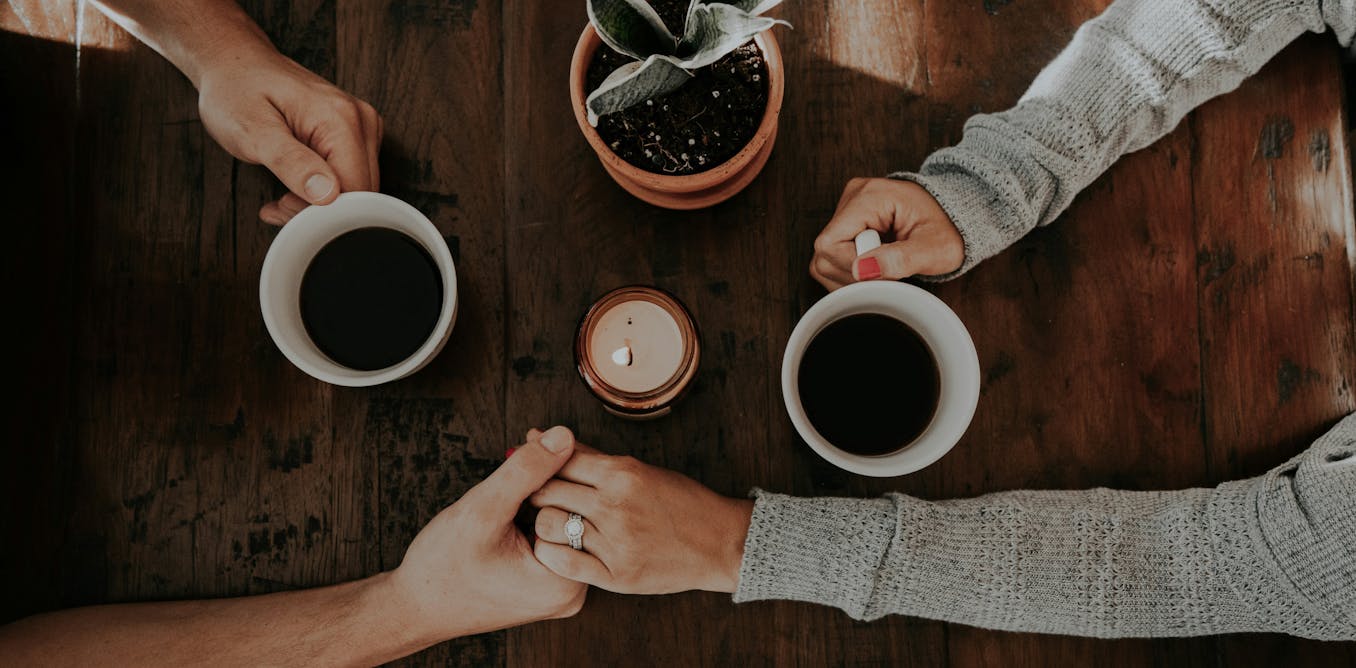Exercise can help reduce the risk of falls — a major cause of injuries in older adults — but only four per cent of older Canadian women complete 30 minutes of daily physical activity. As a PhD candidate in health and exercise science at Concordia University, I am interested in developing fun and accessible balance-training programs using online dance classes.
Dance can act as a fun “exercise in disguise.” Studies have consistently shown that dance can inspire social connections, improve mood and aid cognition, while also leading to improvements in mobility, endurance and walking abilities.
(Unsplash+/Getty Images)
It is also an ideal form of balance training because learning various dance steps requires high precision of movement, which can help increase our proprioception (our perception of our body movement and position in space). This can help improve or maintain our postural stability.
Age and postural stability
Postural stability refers to our ability to stay upright and control our body’s position in space. This ability relies on sensory and motor systems. Our vision helps see potential obstacles or tripping hazards, the vestibulocochlear system of the inner ear helps with our sense of orientation as well as hearing, and finally our somatosensory system, which comprises the body’s sense of touch, pain, temperature and position, works to feel the surfaces beneath our feet.
After these sensory signals reach the brain, they are sorted and then the appropriate motor response is selected for our musculoskeletal system to execute
With age, postural stability reduces as the sensory systems experience change. We measure this decline by having people stand as still as possible and observing how much they move or sway. If someone sways more, they are considered less stable and at greater risk of falls.
While research on in-person dance classes of various styles have consistently shown improvements to postural stability and fall risk, these classes are often inaccessible. Many older women face barriers to exercise such as lack of transportation, caregiver roles at home, inaccessible exercise facilities etc. Additionally, specialized dance teachers are often only found in larger cities that act as dance hubs. Online dance classes can offer solutions to reduce barriers and improve access for older adults.
Bringing the dance studio home
Working with Andreas Bergdahl, PhD, and Mary Roberts, PhD, our research published in International Journal of Exercise Science has found that online dance classes improve the postural stability, dynamic balance and calf strength of older women. In this work, we recruited women aged 65+ from Montréal to participate in 75-minute ballet-modern inspired classes twice per week, for 12 weeks over Zoom.
Each dance class started with a 15-minute warm-up followed by:
- Pliés (bending the knees)
- Tendus (standing on one leg and extending the other one out)
- Balancé sequence (a travelling step done to a waltz rhythm)
- Jose Limón/Martha Graham sequence (styles of modern-dance that emphasize fall recovery and rounded shapes of the spine)
- Cooling-down with seated stretches
These exercises were selected because they emphasize transferring weight, balancing on one leg, bringing the body off centre and contracting the leg as well as core muscles. A helper was present on Zoom for each dance class to help with technical support and monitor online participants for safety.
Before the first class, halfway through the study, and at the end, participants completed in-person assessments of their leg strength, dynamic balance and postural stability.
Within six weeks, participants showed reductions in how much they swayed side-to-side while standing still (what is called mediolateral sway) and increases in their dynamic balance. By the end of the program, they also had greater calf-muscle strength, assessed as the number of heel-raises participants completed in 30 seconds.
Improvements in these abilities can translate to greater ease in daily activities that require weight transfers, such as walking, stepping down from the sidewalk or even chores like sweeping the house.
Benefits of online access
Even after COVID-19 lockdowns have ended, online dance classes can serve an important role in reaching people who are traditionally left out.
For those living in remote locations, for caregivers who cannot spend too long away from their loved ones or even for older adults anxious to walk on icy streets in the winter, online programs can provide a level of accessibility and new opportunities to socialize and exercise. They also give opportunities for people to express themselves creatively from the comfort of their own homes.
Our current studies are exploring how different styles of online dance programs, combined with blood flow restriction training, can benefit older adults. This provides more options to suit people’s interests and varying mobility needs. Additionally, we are working to share our program with communities. To date, our research has reached older women across Canada, Mexico, Colombia and Spain, encouraging them to remain active and independent.
While many of us have returned to in-person programming, let’s not forget the benefits of online access. Bringing the dance studio home can still help people connect, socialize and improve their balance.

The post “Bringing the dance studio home can improve balance and reduce the risk of falls for older women” by Emma Hsiaowen Chen, PhD Candidate in Health & Exercise Science, Concordia University was published on 11/12/2025 by theconversation.com



































Leave a Reply